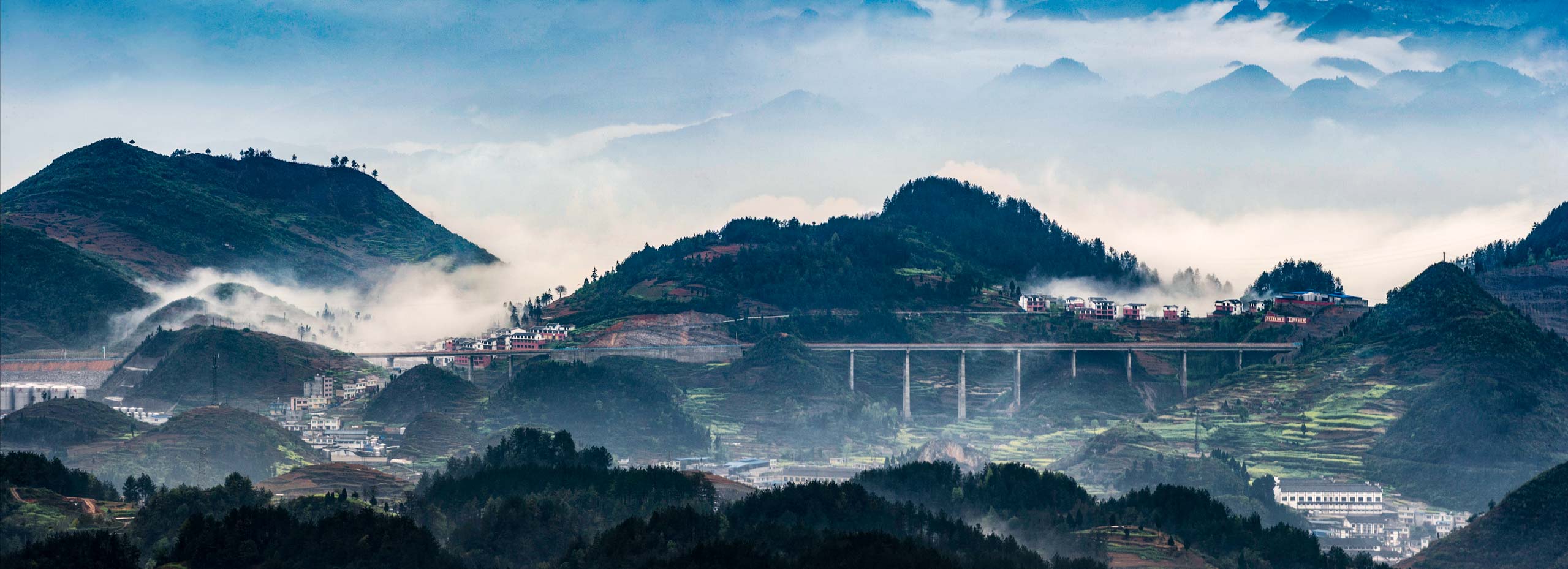

Host 2025
The Spirits Selection by CMB 2025 will be held in Jalisco · Mexico
The State of Jalisco, in Mexico, has been selected to host the 27th edition of the Spirits Selection by CMB, the most renowned and prestigious spirits competition worldwide. The tasting sessions and activities of this important event will take place during the month of September in various cities in the State of Jalisco, such as Guadalajara, the western capital of Mexico, Puerto Vallarta, the most Mexican beach in the Pacific, the Magical Town of Tequila and several of the Magical Towns that make up the Raicilla Route.
Jalisco · México
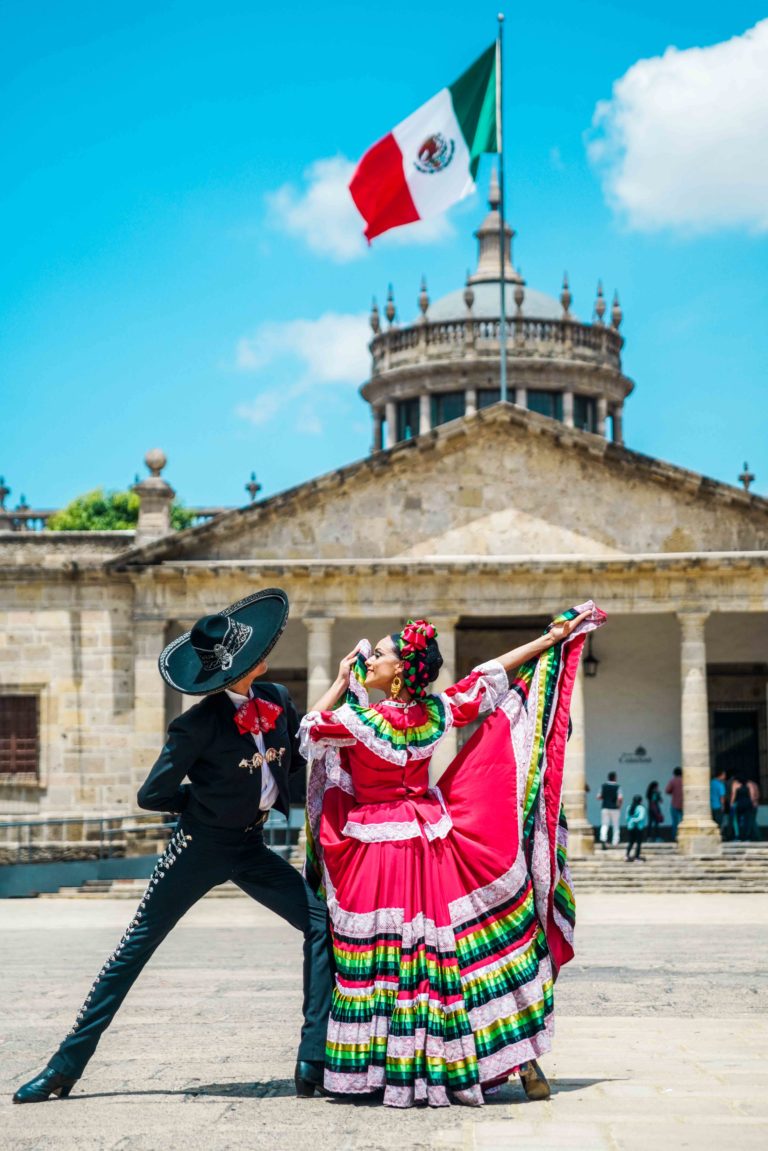
This is Jalisco
The word Jalisco, formed from the Nahuatl words xalli, meaning sand, ixtli, meaning surface, and co, ending in place, means "on the sand," and upon this sand centuries of history, tradition, folklore, culture, art and much more have been built.
It’s speculated that the territory of Jalisco, before receiving this name, was inhabited for 15,000 years. Remains of Toltec cultures, first, and Chichimecas, later, have been found. In 1530, after the arrival of the Spaniards, Guadalajara was founded, which would become the capital of the Kingdom of New Galicia. This was the city where Miguel Hidalgo y Costilla promulgated the abolition of slavery during the War of Independence.
It was not until June 16th, 1823, after the fall of the Mexican Empire, that the Free and Sovereign State of Xalisco was founded (previously the sound of the “J” was represented with an “X”, as continues to occur in the name of “Mexico”), maintaining Guadalajara as its capital and giving rise to an entity that would give much to talk about.
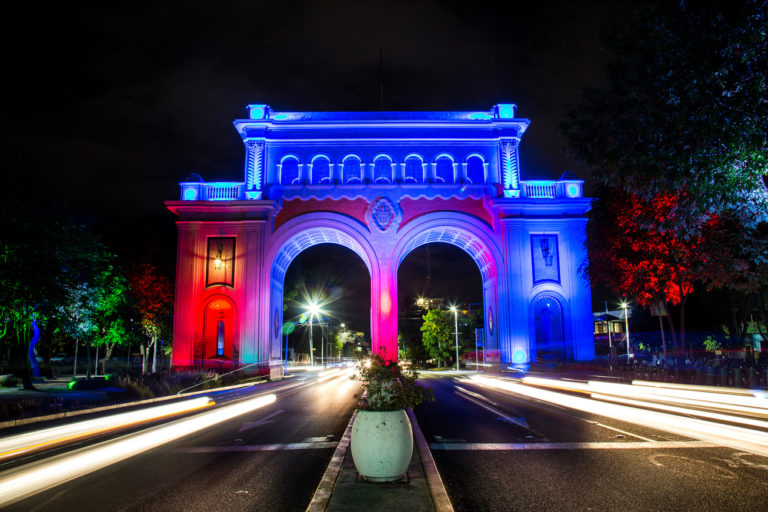
Nice to meet you, Jalisco!
Jalisco is made up of 125 municipalities, twelve of which have the Pueblo Mágico (Magical Town) distinction.
You've probably heard of Zapopan, Puerto Vallarta, or Tlaquepaque, and each of them has a special attraction, such as Tapalpa or Mascota. Whether you're trying the guasanas in Mazamitla or admiring the landscapes of the Blue Agave in Tequila, here you can experience experiences like nothing else.
Today, Jalisco is distinguished by the great diversity that surrounds its geography. This includes the climate, where you can go from the warm beach to the cool forest in a few hours' drive, and the opportunity to visit a city on par with the larger cities or get lost in alleys filled with handicrafts and traditions, all within a short distance.
Likewise, this is a representative state in several areas: economically, it makes significant contributions through its production of various agricultural products, while also being home to various technology companies and boasting excellent venues for forums and conventions. Culturally, several of Mexico's iconic elements, such as tequila and mariachi, have their home and origins in these latitudes. Don't you imagine a charro here when you think of him? Right in Jalisco!
The state's cuisine boasts signature dishes like salty birote, tejuino and carne en su jugo (beef stew), and entertainment and fun are not far behind thanks to the many forums and recreational spaces found throughout this territory.
Jalisco is full of the most pleasant contrasts, diverse in its people, and open to all who wish to visit. Discover for yourself where the magic of Jalisco lies, visit it, and make it yours.
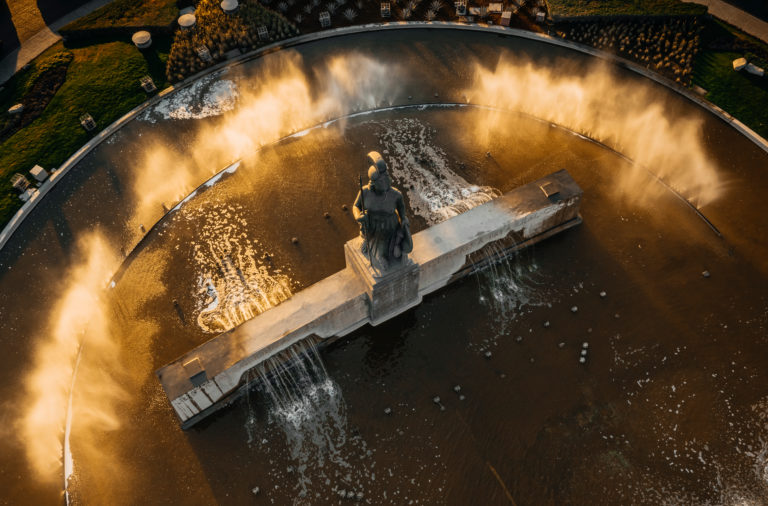
Tequila and Agave Landscape Adventure
Unique in the world, the blue-clad valleys of the Agave Landscape and the Old Tequila Industrial Facilities have been a UNESCO World Heritage Site since 2006. This area concentrates much of Jalisco's natural, cultural and historical wealth.
The Agave Landscape is divided into two core zones. The first includes the vast agave plantations in the Tequila Valley. The second houses the remains of the Teuchitlán culture in Los Guachimontones Archaeological Zone.
However, there is a way to explore both areas without missing a thing: the Tequila Route.
VISIT THE TEQUILA VALLEY IN THE AGAVE LANDSCAPE
El Arenal
At the beginning of the Tequila Route is the small town of El Arenal, dedicated to the harvest of agave for the production of tequila. The Temple of Our Lady of the Rosary, dating from 1925, is of interest.
The buildings of the Huaxtla and La Quitería haciendas are also attractive. Regarding natural resources, the forests on the Panchote hills, La Quitería, and the Arenal and Salado rivers stand out. The seasonal spas of Las Tinajas and Las Tortugas are also located here..
Amatitán
Amatitán's main attraction is the Hacienda San José del Refugio, Casa Tequila Herradura. The town center is adorned with a wide variety of historic and aesthetically pleasing architectural buildings.
Among them is the Temple of the Immaculate Conception, completed in 1767. Inside, on one side of its dome, are paintings of the four evangelists: Saint Matthew, Saint Luke, Saint John, and Saint Mark.
Tequila, Heart of the Agave Landscape
Tequila, magical town famous for its distilled beverage made from the agave piña, today offers visitors the opportunity to experience the ancient process of tequila production and savor the atmosphere of its colorful and lively streets.
All the tourist activity begins in the main square, just as you approach the Temple of the Purísima. From the square, you can hire expert guides to visit the tequila factories and other places of interest.
Magdalena
Known as the "Land of Opals" for its mineral wealth, Magdalena ranks second in the world as a producer of this semi-precious stone. During the Colonial era and until the Revolution, its main production in the mines was gold and silver.
It offers lodging services, restaurants, and architectural attractions. These include the 17th-century Temple of the Lord of Miracles, a sober Baroque style building; the 16th-century Chapel of the Immaculate Conception; the Temple of San Andrés; and the Chapel of the Burned.
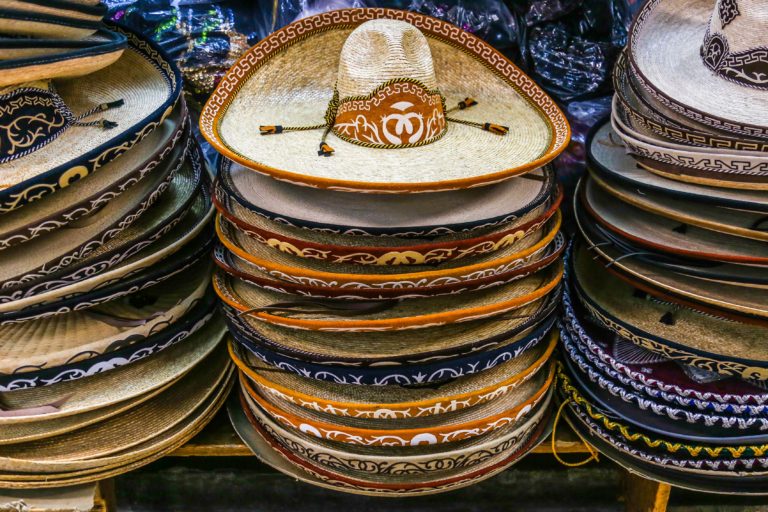
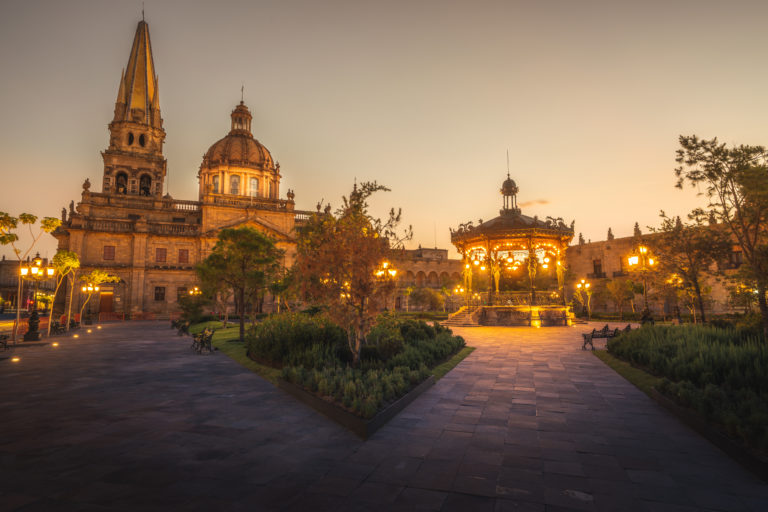
ADMIRE THE GUACHIMONTONES ARCHAEOLOGICAL SITE
The Guachimontones Archaeological Site begins in Etzatlán, 21 km south of Magdalena. From here, you can discover several must-see sites of Jalisco's history and vestiges of the pre-Hispanic peoples who lived in the area.
Etzatlán
Etzatlán, Jalisco, is known as a Millennial Town thanks to its pre-Hispanic past. To learn about its history, you can visit the shaft tombs, the Ocomo Palace, the Oaxicar Museum, its old haciendas, or the Guadalupe Chapel at the Old Indian Hospital.
Additionally, Etzatlán is popular for the creation of huaraches, tule chairs, and saddles. In 2022 and 2024, its streets were decorated with the world's largest woven sky, created by the Cielo Tejido weavers' collective.
San Juanito de Escobedo
The Tequila Route continues to San Juanito de Escobedo, famous for being the headquarters of the Chichimeca tribes during the pre-Hispanic era and for its haciendas, built in different centuries.
Highlights include the ruins of the former Hacienda of Providencia (17th century), the former Hacienda of Santa Fe (19th century), the Hacienda de la Gavilana (18th century), and the Hacienda de Estancia de Ayllones (18th century). From there, you can also visit Laguna Colorada.
Ahualulco del Mercado
This charming municipality boasts both historical and natural attractions. Of particular note are the Piedras Bolas, perfectly round volcanic formations that were created more than 40 million years ago.
To learn more about Ahualulco del Mercado, you can visit the Dr. Leonardo Oliva Museum at the Casa de la Cultura. The Ahualulco Parish, the former hacienda of Santa Cruz de Bárena, the hacienda of El Carmen, Chapulimita, and the Old Market are all must-sees on the tour.
Teuchitlán, abrigo de Los Guachimontones
Teuchitlán is surrounded by the natural beauty of the La Vega Dam, on whose shores are restaurants serving the typical frog's legs. Also not to be missed are the Señor de la Ascensión Church, dating from 1857, and the Casa de la Cultura.
It is especially renowned for being the birthplace of the oldest civilizations in the western part of the country (200-400 AD) and for safeguarding the mystical Guachimontones Archaeological Zone. This site is characterized by its pyramids and circular courtyards. You can learn more about the site at the Guachimontones Interpretive Museum.
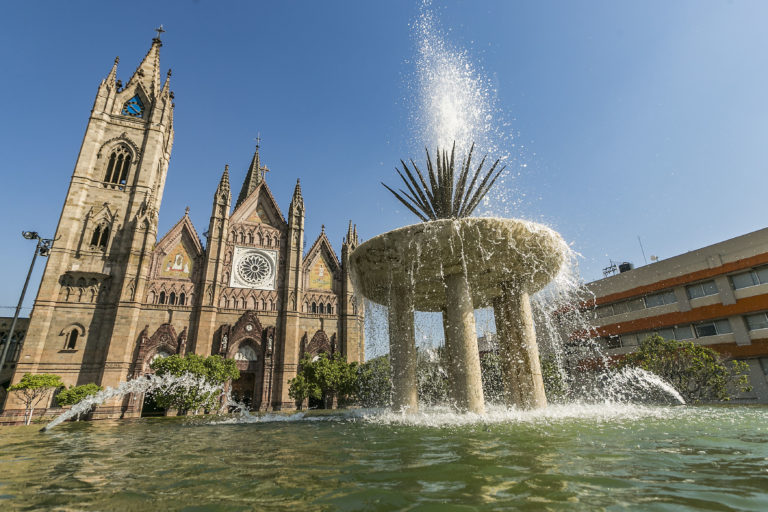
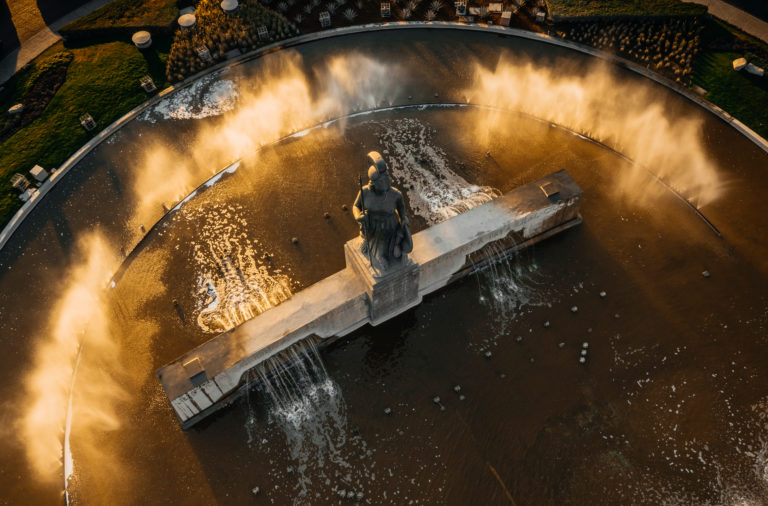

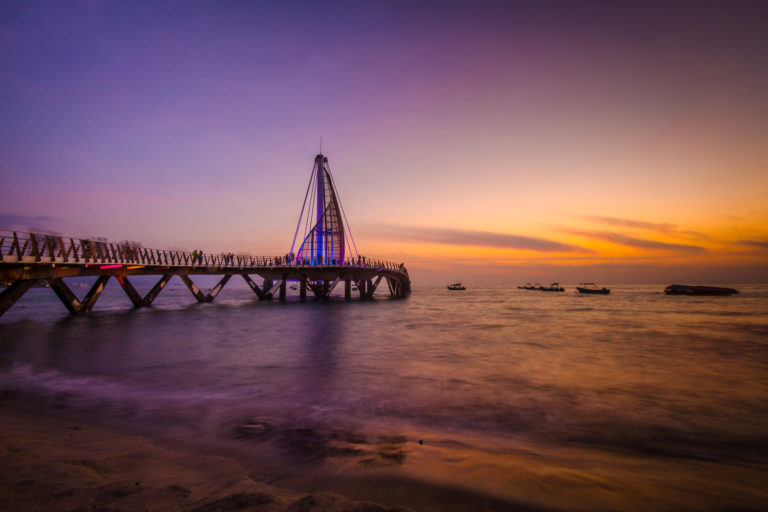
TEQUILA: THE GREAT ICON OF MEXICO
Tequila is a drink with Appellation of Origin which is made from the fermentation and subsequent distillation of sugars from the Agave Tequilana Weber blue variety.
Both the Tequila production process and the Agave cultivation process must take place within the territory determined in the Declaration of Protection of the Appellation of Origin Tequila. For a product to bear the name Tequila, its production must be carried out in strict compliance with the Official Mexican Standard for Tequila (NOM-006-SCFI-2012).
There are two categories, Tequila and Tequila 100% Agave; Tequila is made from a mixture of sugars in which at least 51% must come from the Agave Tequilana Weber blue variety, while the remaining 49% can originate from other natural sources of sugar that are not from the agave. On the other hand, Tequila 100% agave has to be made solely from sugars from the Agave Tequilana Weber blue variety.
Types of Tequila
• Silver, Blanco o Plata. Product obtained from distillation; it can be matured for less than two months in barrels.
• Gold, Joven u Oro. Mixture of Silver Tequila with one that has been matured.
• Aged o Reposado. Subject to a maturation process of at least two months in contact with oak containers.
• Extra Aged o Añejo. Matured for at least one year in oak or encino barrels.
• Ultra Aged o Extra Añejo. Matured for at least three years in oak or encino barrels.
The Agave
Agave Tequilana Weber blue variety is the one that, according to regulations, must be used in the production of Tequila. These agaves must be planted within the territory protected by the Appellation of Origin, in addition to being included in a registry of plantations managed by the Tequila Regulatory Council.
There are many different kinds of Agave, more than two hundred have been identified in Mexico. However, none is as suitable for the production of Tequila as the plant that was classified, in 1905, by the German botanist Franz Weber, from whom this variety takes its name.
The agave requires between 5 and 8 years to reach its maximum sugar concentrations. During their growth period, the plants are subjected to barbeo tasks that is, cutting the tips of the leaves to encourage the growth of the core of the agave, also known as “piña”. All the cultivation and care of the agave is done by hand, with traditional methods that have been passed down from generation to generation.
Appellation of Origin Tequila
The Appellation of Origin for Tequila (DOT, by its acronym in Spanish) was the first to be issued in Mexico. There are references since 1943 about efforts by industrialists in the region to protect the name “Tequila” and obtain the exclusivity of its use. On October 31st, 1959, one year after Mexico signed the “Lisbon Agreement” regarding the protection of Appellations of Origin, the Mexican Chamber of the Tequila Industry (CNIT) was created due to the interest of Tequila companies to face the challenges of the sector together.
Since the sixties some countries manufactured spirits that they called “Tequila”, it was then that the request was submitted to the Ministry of Industry and Commerce (SIC) to issue the General Declaration of Protection of the Appellation of Origin Tequila, and on September 27th, 1974, it granted protection and was published in the Official Gazette of the Federation.
The Appellation of Origin of Tequila offers the consumer the guarantee of authenticity of the products that bear this name and is supported by the Official Mexican Standard (NOM-006-SCFI-2012) that contains the specifications for producing, bottling and marketing Tequila.
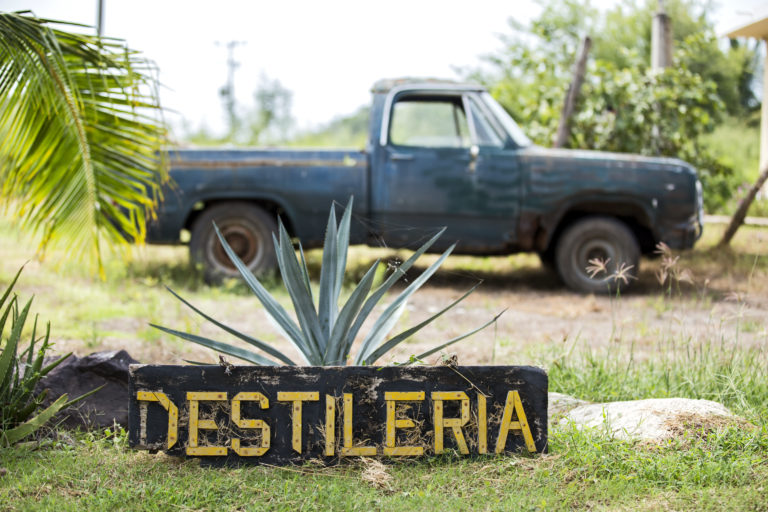
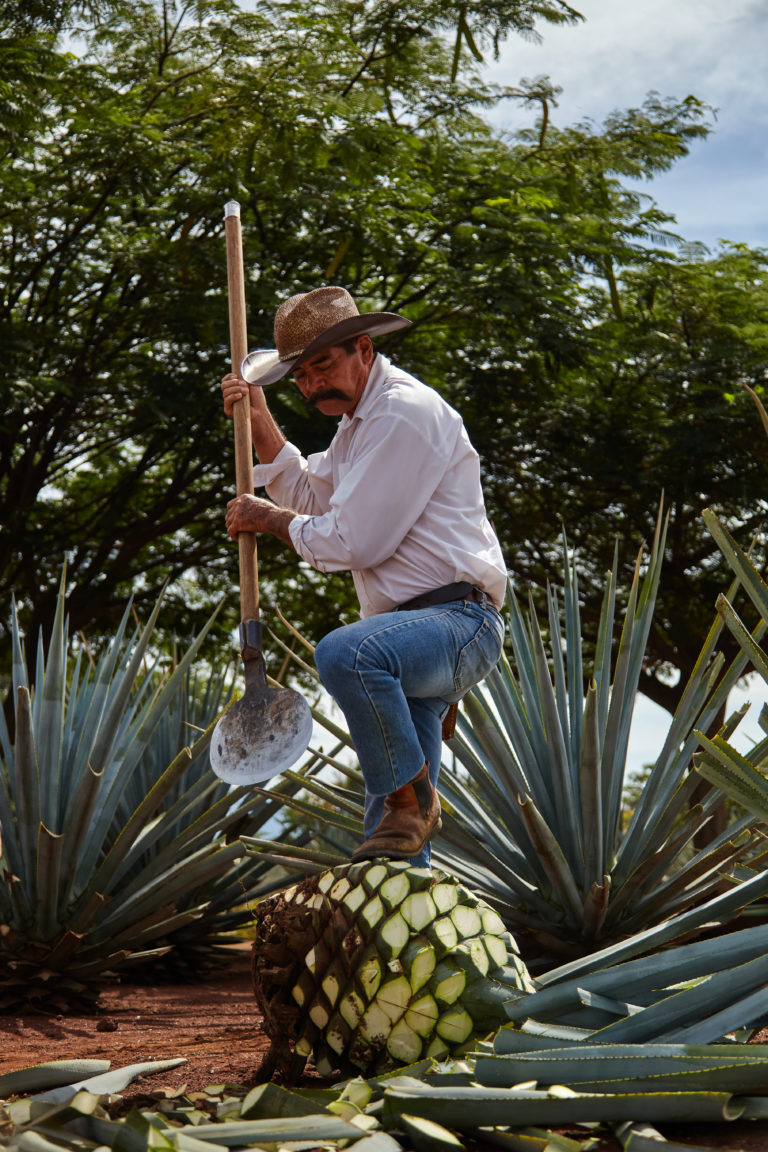
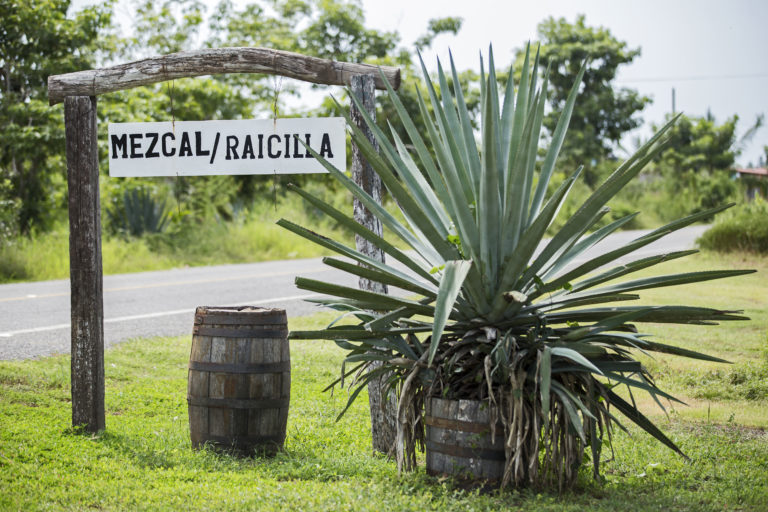
Tequila Origins
There are records that the origin of the Agave has several millennia. During pre-Columbian times, the inhabitants of the region of Mexico that is now known as the Agave Landscape, revered the Agave for the great benefits it provided them.
The indigenous inhabitants used the wonderful Agave plant in various ways: fiber was obtained from the leaves of the Agave for the manufacture of fabrics that provided them with shelter and it was also used in the manufacture of tools; agave spines were used as needles; from the fermentation of honey and juices, a mystical drink was obtained that allowed them to be in communion with their surroundings, and from the core or “pineapple” of the Agave they obtained juices and honey to feed themselves.
An invaluable cultural legacy
Raicilla is a true reflection of the cultural identity of Jalisco and Nayarit. Its artisanal production, passed down from generation to generation, is part of the cultural heritage of these regions. Ancestral knowledge blends with the passion and hard work of the master raicilleros, resulting in a beverage full of tradition and flavor.
The Raicilla is a symbol of the strength and resilience of the people of Jalisco and Nayarit. Throughout its history, it has overcome difficulties and prohibitions, consolidating itself as a fundamental element of local culture.
Every sip of raicilla is a sensorial journey. Its nuances vary depending on the region, the type of agave, the master raicillero and other factors, creating a symphony of flavors ranging from citrus and spice to mineral and fruity.
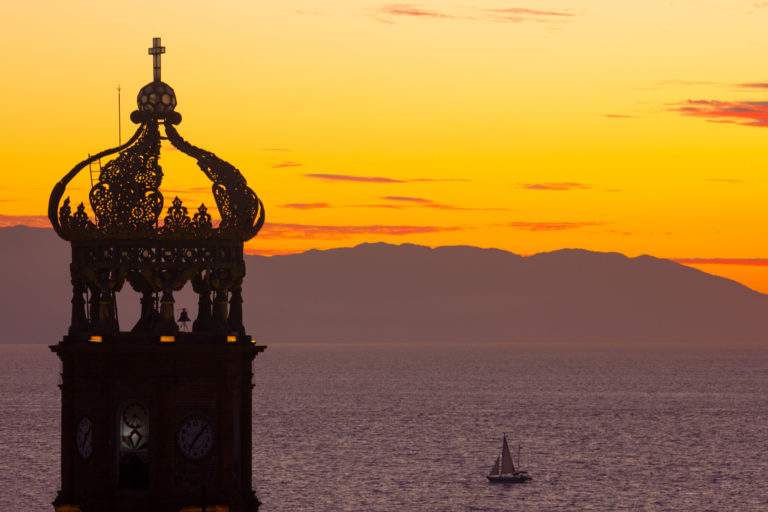
THE RAICILLA: A CULTURAL TREASURE BETWEEN MOUNTAINS AND COSTAS
In the intricate mountains of Jalisco, the Raicilla de la sierra stands like an ancient jewel that has defied time. It keeps alive the essence of a clandestine distilling tradition dating back to the 17th century, imbuing every drop with a unique legacy..
Meanwhile, on the shores of this picturesque Mexican state, the Raicilla de la costa (coastal Raicilla) reveals itself as a unique expression of the cultural richness that has flourished in secret. Its aromas and flavors capture the essence of the sea and the breeze, creating an unparalleled sensorial experience.
A legacy that dates back centuries
Raicilla, deeply rooted in Jalisco culture, holds within its aromas and flavors a fascinating history dating back more than 500 years. Its origins are intertwined with the tradition and ingenuity of the people of Jalisco and Nayarit, who since time immemorial have taken advantage of the region's natural wealth to create this unique elixir.
The origin of the name "Raicilla" still remains a mystery. Some believe it stems from the need to evade the vice-regal authorities who controlled the production of alcoholic beverages. It was called "raicilla" to confuse them and avoid being taxed.
Another theory, based on 17th-century chronicles, suggests that the name is due to the visual similarity between the base of the agave (pineapple) and a root. Ancient producers, when distilling the beverage, called it "root wine."
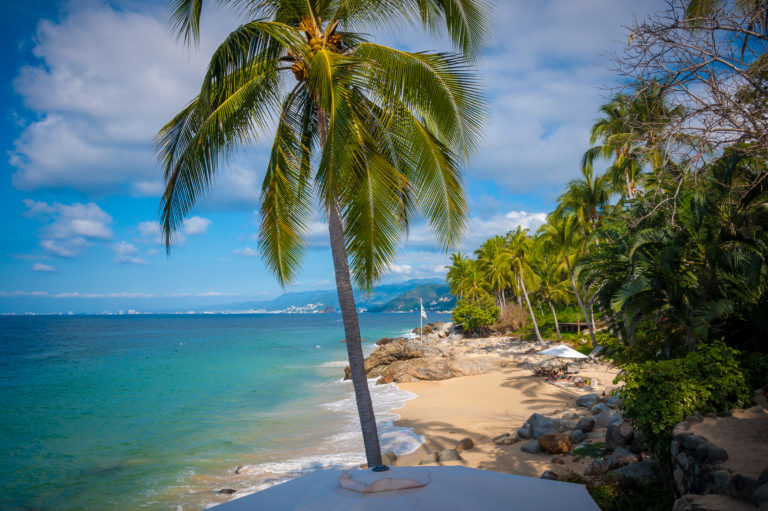
Raicilla de la Sierra
Made mainly with the "Agaves Maximiliana Baker, Inaequidens Koch and Valenciana". It’s believed that Raicilla de la sierra has its roots in the mining areas of the State of Jalisco near the Sierra Occidental, covering municipalities such as San Sebastián del Oeste, Mascota, Talpa, among others.
It’s said that the 16th century marks the beginning of Raicilla production with the introduction of distillation systems, the Arabic type being mainly used in the Sierra.
The Sierra de Jalisco region was marked by marginalization and the concealment of benefits, especially those related to mining. Lack of communication and difficult roads contributed to keeping the mountain range little known and isolated. Despite the prohibition, it is suggested that raicilla may have been prepared in small taverns or at home in remote locations.
The beverage is distilled from different species of agave native to Mexico, taking advantage of the richness of the local flora. Primarily the Maximiliana Baker in this area. Production takes place in two distinct macro-environments: a warm and humid one in the coastal zone and a temperate and dry one in the mountain zone.
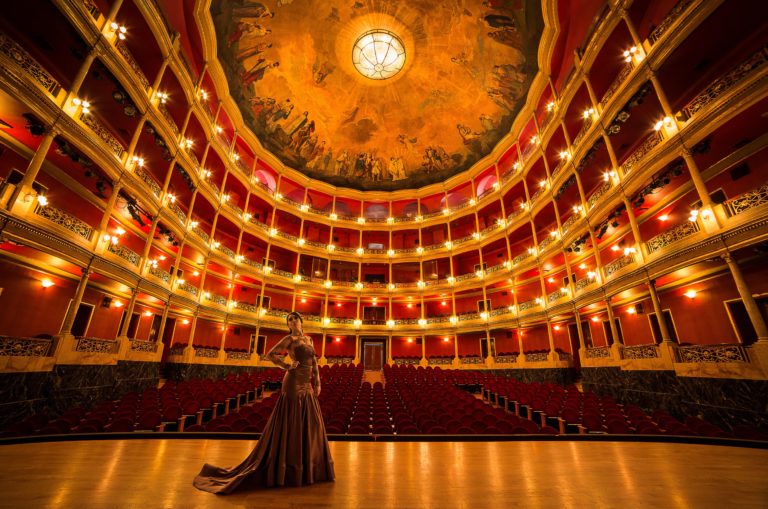
Raicilla de la Costa
Made mainly with the "Agaves Angustifolia Haw and Rhodacantha". It’s production began in the 16th century with the introduction of distillation systems on the North Coast of the State of Jalisco.
On the coast, the Philippine-style distillation system was predominantly used. This distiller variant contributed to the production of Raicilla in this region.
As in the Sierra, Raicilla on the Coast is made from different species of agave, in this area mainly the Angustifolia Haw and Rhodacantha families.
In the 17th and 18th centuries, the Spaniards attempted to suppress local production of distilled spirits in an attempt to protect the sale of imported Spanish brandies and wines. Despite the prohibition, both mezcal and aguardiente, including Raicilla, continued to be produced, especially for sale in mining camps.
Production in the Coastal Zone adapts to a warm and humid environment, influencing the profile and characteristics of the Raicilla produced in this region.
Classifications
In addition to the classification by region, Raicilla is classified into three categories according to its production process:u proceso de elaboración:
• Classic: It is made with modern and traditional methods.
• Artisanal: It is made with traditional and artisanal methods.
• Ancestral: It is made with ancestral and traditional methods.
Within each category, Raicilla is classified into five classes according to its post-distillation treatment:
• Young White or Silver: It does not undergo any aging process.
• Aged or matured in glass: Stabilized in glass containers for more than 12 months.
• Reposada or Oro: Aged in wooden containers for between 2 and 12 months.
• Aged: Aged in wooden containers for more than 12 months.
• Extra Aged: Aged in white oak or holm oak containers for more than 24 months.
There is also an additional class:
• Abocada: Ingredients are added to give it a particular flavor.
• Distilled with Raicilla: This is a type of alcoholic beverage made from artisanal or traditional Raicilla, which undergoes an additional distillation. In this second distillation, ingredients are added to incorporate new flavors into the Raicilla.
Raicilla, an ancestral beverage deeply rooted in the culture of Jalisco and Nayarit, holds in every drop the essence of two vibrant states steeped in history. Its Designation of Origin protects and celebrates the natural, cultural, and artisanal richness that gives it life, delimiting a territory where tradition is expressed in a unique elixir.
In Jalisco, Raicilla is produced in 16 municipalities: Atengo, Chiquilistlán, Juchitlán, Tecolotlán, Tenamaxtlán, Puerto Vallarta, Cabo Corrientes, Tomatlán, Atenguillo, Ayutla, Cuautla, Guachinango, Mascota, Mixtlán, San Sebastián del Oeste and Talpa de Allende.
Each region gives Raicilla its own unique character. The Sierra Occidental mountains offer highly complex wild agaves, while the Pacific coast lends a fresh, mineral note to the drink.

